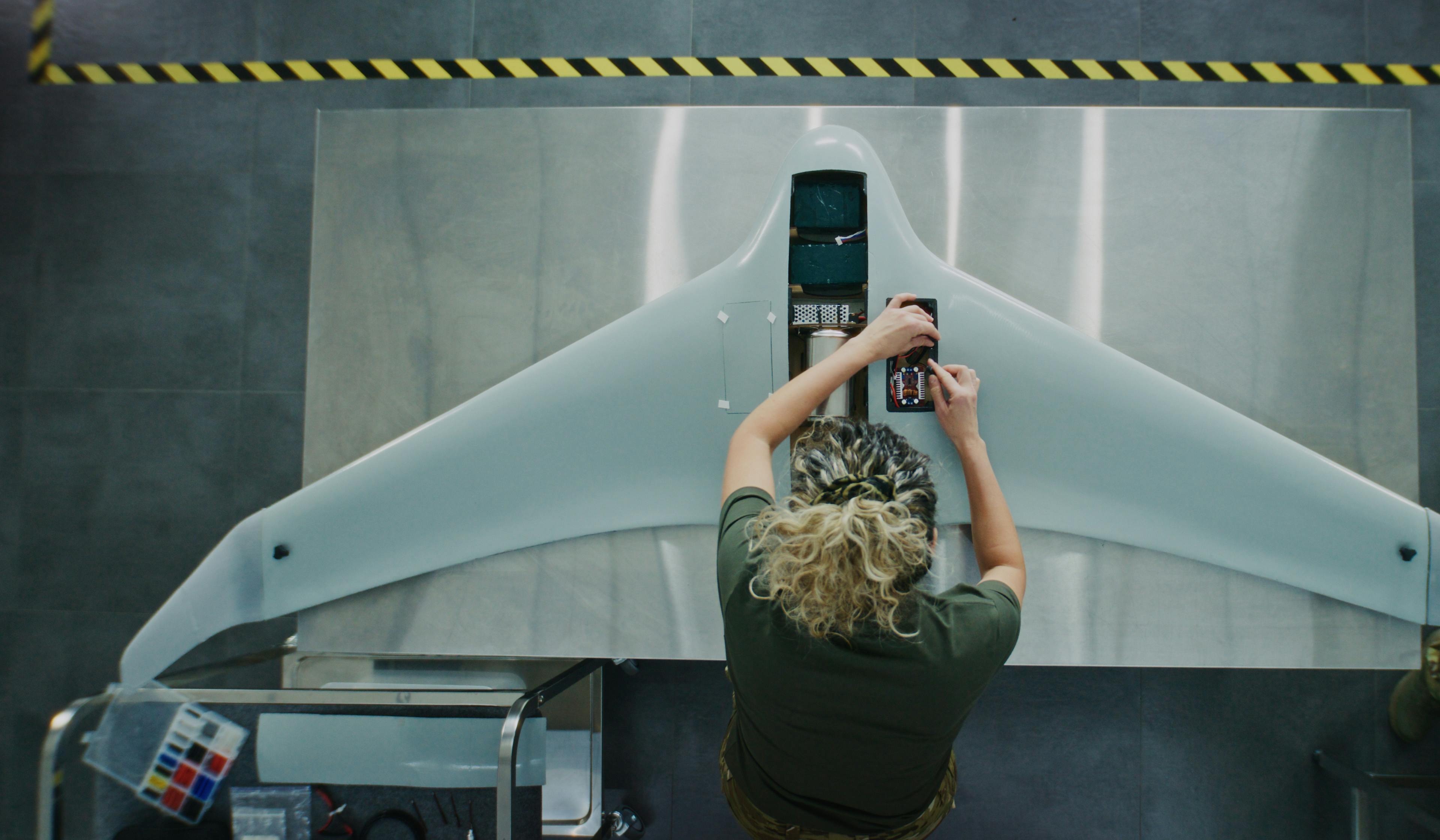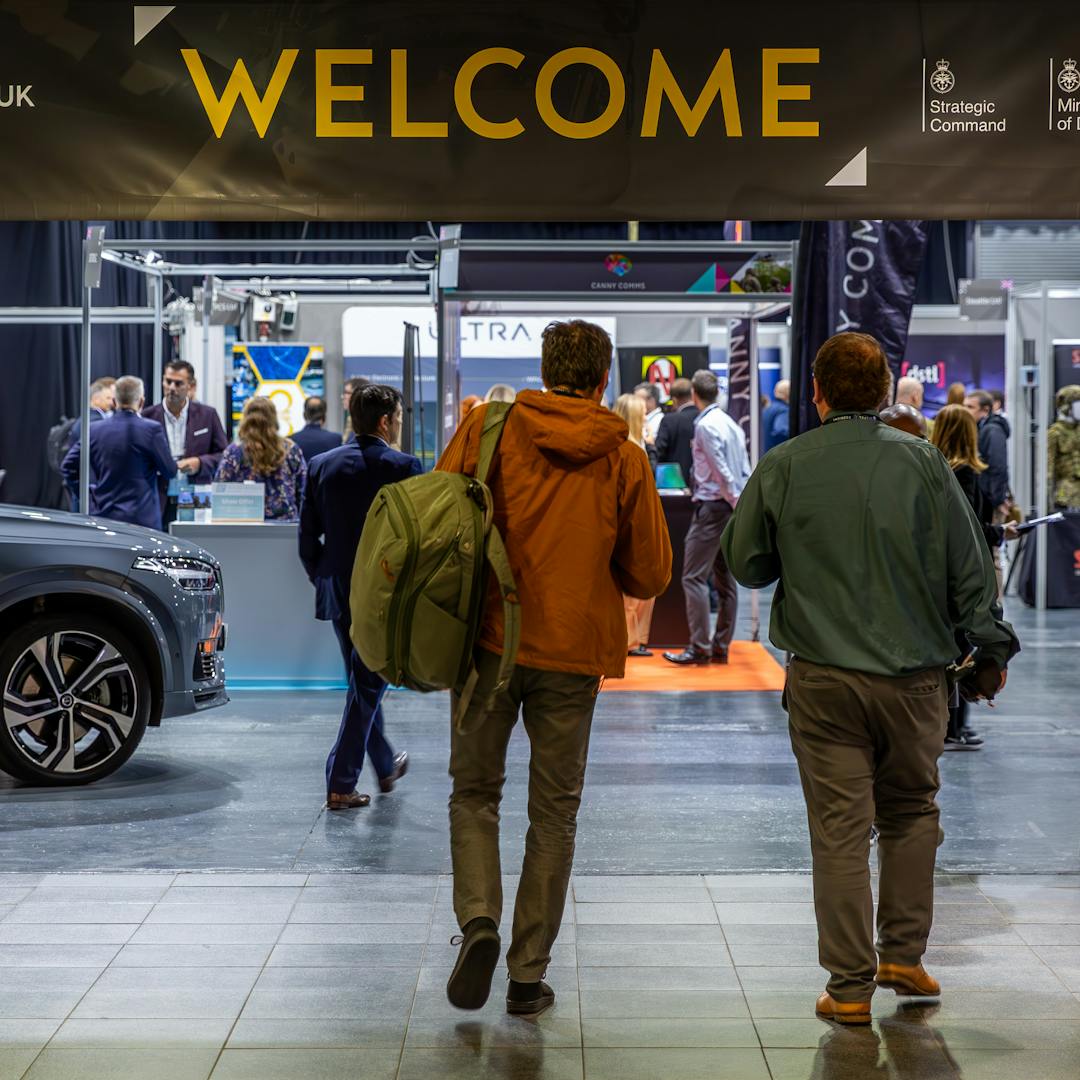Back to news & insights
Leveraging 3D animation to build support for emerging defence technologies

We’re witnessing the profound impact that 3D animation is having on communicating emerging technologies in a military context. Lindsay Compton, founder of Canny and communications expert, shares the teams’ experience in deploying 3D design to help you consider if you need it in your communications and marketing toolkit.
You are all well-versed in the speed at which tech is developing and how rapidly the threat environment is changing. Keeping pace and even getting ahead of the curve is, therefore, crucial. However, introducing emerging technologies to our military and defence stakeholders using just the technical specifications can leave the audience unsure as to what to do or how to consider its impact on future operations.
The unique challenges of communicating complex defence technologies to military audiences are very familiar to us. We are, therefore, constantly looking for ways to be more effective, and this is where 3D animation is proving to be a game-changer.
By leveraging the beauty and realism of 3D animation, we can bring emerging technologies to life in ways that traditional communication methods cannot match. Whether it is putting the capabilities of next-generation AI into a realistic environment or visualising the operational advantage of new sensing systems, 3D animation allows us to create dynamic and engaging content that resonates with end-users and decision-makers alike.
Why is it working so well? Because it allows us to portray how the technology will make a difference. By translating intricate technical concepts into visually compelling narratives, we can ensure the audience understands the importance and implications of emerging technologies on their environment. This not only facilitates informed decision-making but also fosters enthusiasm and buy-in among stakeholders.
However, achieving realism in animations goes beyond just visual fidelity – it requires meticulous attention to detail and accuracy. Every aspect of the operational environment, from terrain features to enemy tactics, must be faithfully recreated to ensure a truly immersive experience. By getting the operational environment right and concentrating on highly realistic design, your audience can suspend their disbelief to learn how your technology will change what they do. We’ve found that at the end of the video or virtual/augmented reality experience, the questions from the customer are more focused. The military audience can also share their insights into more applications it could be used in, driving the next phase of improvements in the technology.
If you have technology that is difficult to explain, a 3D animation set in your target audience’s context could not only get you more stakeholder support but also facilitate your stakeholders in providing you with further insight into how they could use your technology and how they would like to see it evolve. By harnessing the power of storytelling and immersive experiences, you can effectively communicate the importance and impact of emerging technologies to military audiences.
Interested in exploring how this could work for you? Book a call with me now: https://calendly.com/canny-compton/30min
More news & insights

Why investment in defence manufacturing needs to be more than engineering brilliance
Last updated: December 2025

The invisible failure costing billions: why nobody understands what you're building
Last updated: December 2025

Canny returns as official PR partner for SDSC-UK
Last updated: November 2025